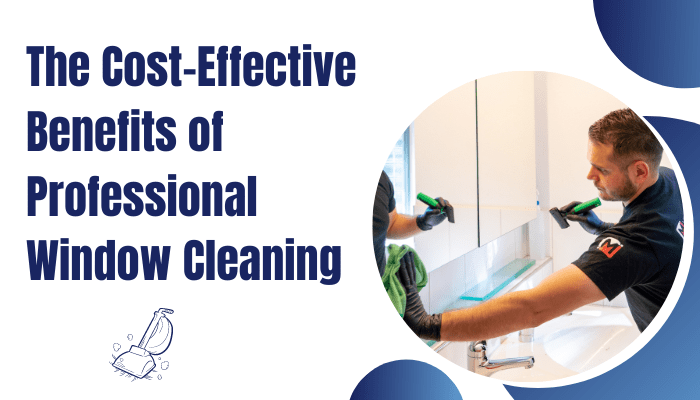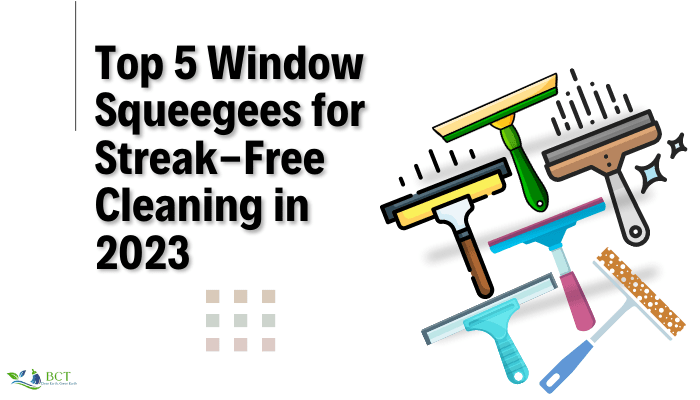What is Deionized Water?
Deionized water, also known as demineralized water, is water that has had almost all of its mineral ions removed, such as calcium, magnesium, sodium, and chloride ions. These mineral ions are typically removed through an ion exchange process or a reverse osmosis process.
The resulting deionized water has a very low conductivity and is free of most impurities, including dissolved solids, organic compounds, and bacteria. It is often used in industrial and laboratory settings where the presence of minerals or other impurities could interfere with experiments or damage equipment.
Note: It’s worth noting that deionized water may not necessarily be safe for consumption as it lacks essential minerals that are beneficial for human health. Therefore, it’s important to only use deionized water for its intended purposes and not as a substitute for drinking water.
How to Make Deionized Water for Window Cleaning?
Deionized water is often used for window cleaning because it does not leave any water spots or streaks on the glass. Here is a general process for making deionized water for window cleaning:
- Purchase or rent a deionizing water filtration system. These systems use a combination of resin and carbon filters to remove impurities and minerals from tap water.
- Connect the deionizing water filtration system to a water source, such as a faucet or hose.
- Turn on the water source and allow the water to flow through the filtration system. The water will be purified as it passes through the filters.
- Collect the deionized water in a clean container, such as a bucket or tank. The water is now ready to be used for window cleaning.
- Use deionized water to clean the windows. Because the water does not contain any minerals, it will not leave any streaks or water spots on the glass. Simply wet the window with deionized water and use a squeegee to remove the water from the glass.
Note: Again remember, deionized water is not suitable for human consumption, so it should only be used for cleaning windows and other surfaces.
How to use deionized water on your window?
Using deionized water on your windows is similar to using regular water, but it’s important to keep a few things in mind to ensure that you get the best results:
- Fill a clean bucket or container with deionized water.
- Wet the window with deionized water using a clean sponge or applicator.
- Use a squeegee to remove the water from the glass. Start at the top of the window and work your way down, overlapping each stroke slightly.
- Wipe the squeegee blade with a clean cloth or towel after each stroke to prevent streaks.
- If there are any stubborn spots or stains on the window, you can use a scrubber or a microfiber cloth to agitate the area before using the squeegee.
- Once you’ve squeegeed the entire window, use a clean, lint-free cloth or towel to wipe any remaining water from the edges and corners of the window.
Note: You also can make a window-washing solution and apply it with a squeegee. If you don’t have a squeegee you can make one with some household items for your own.
Benefits Of Using:
Deionized water does not contain minerals or impurities, it will not leave any streaks or spots on your windows, and it can also help to extend the life of your window cleaning equipment. Just be sure to use a clean bucket or container and avoid contaminating the deionized water with any other substances.
Happy cleaning! Grab more cleaning tips from BestCleaningTools!





